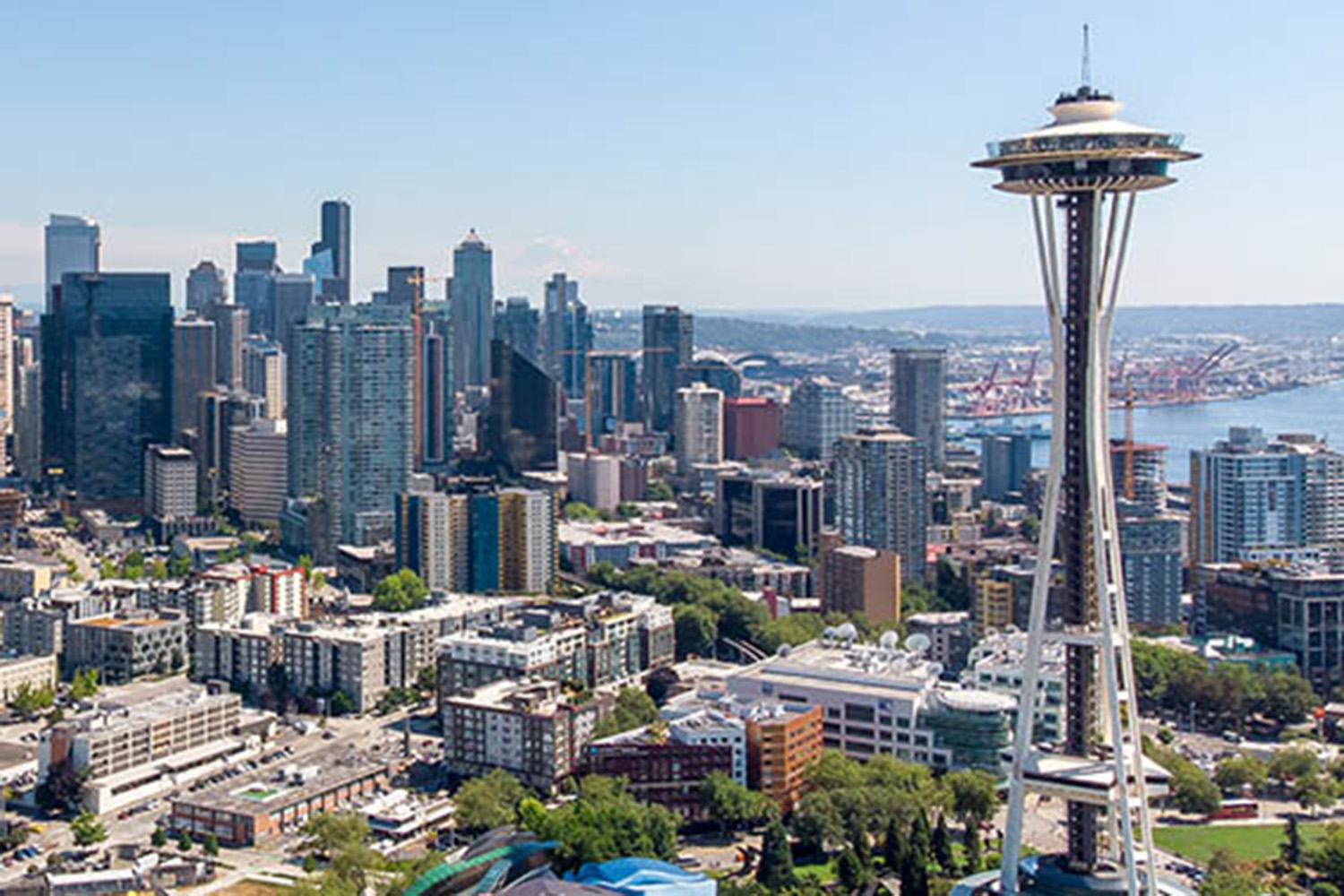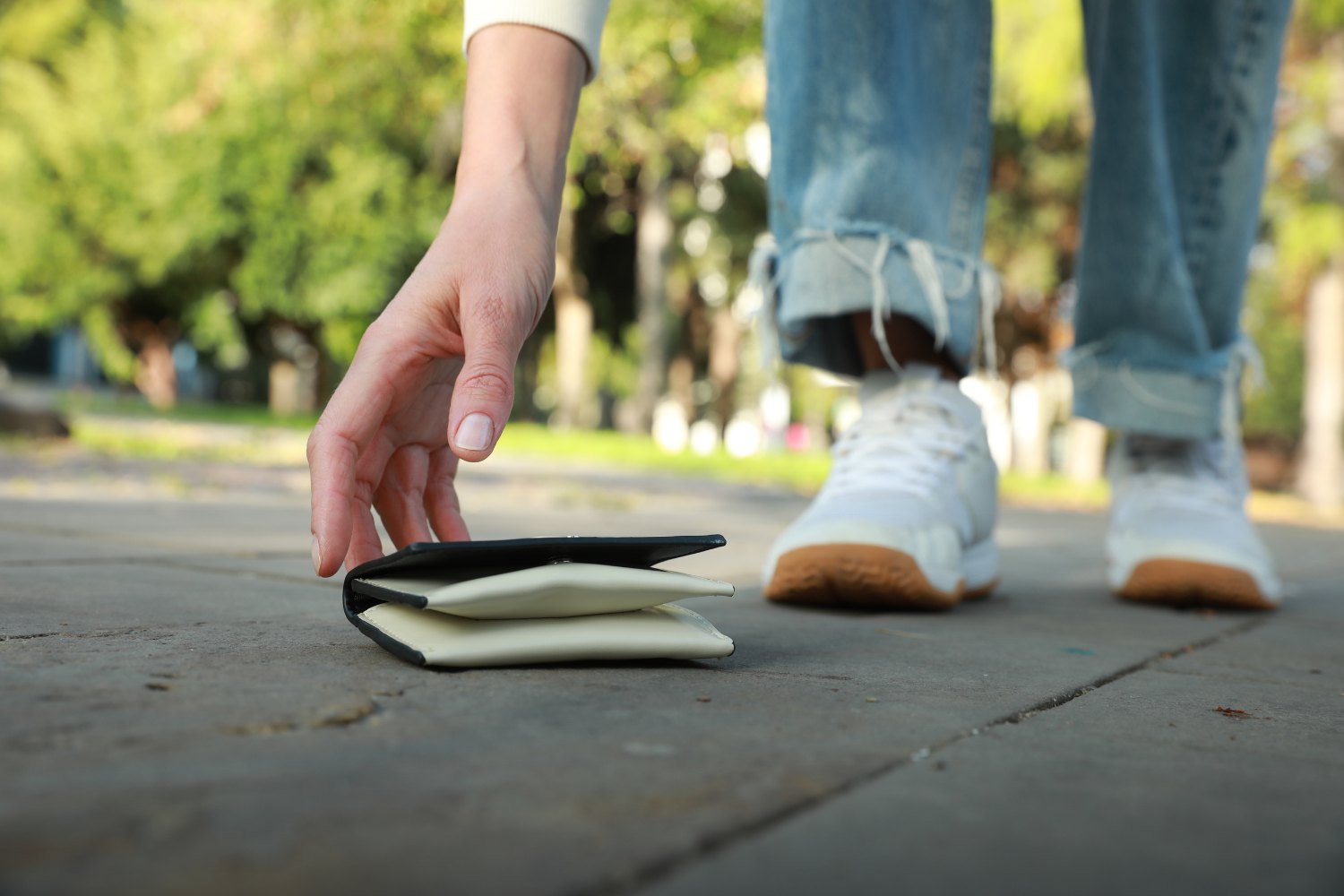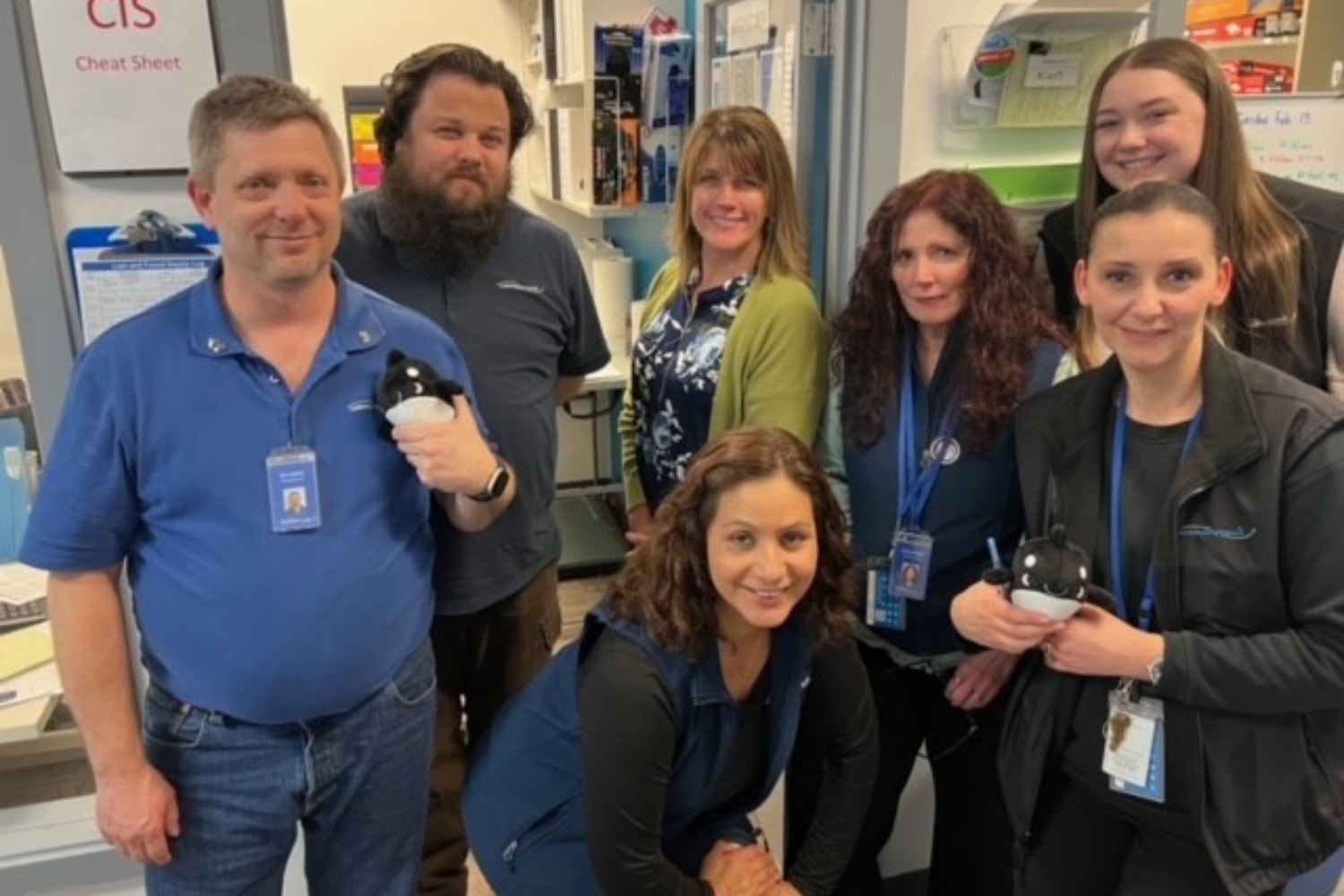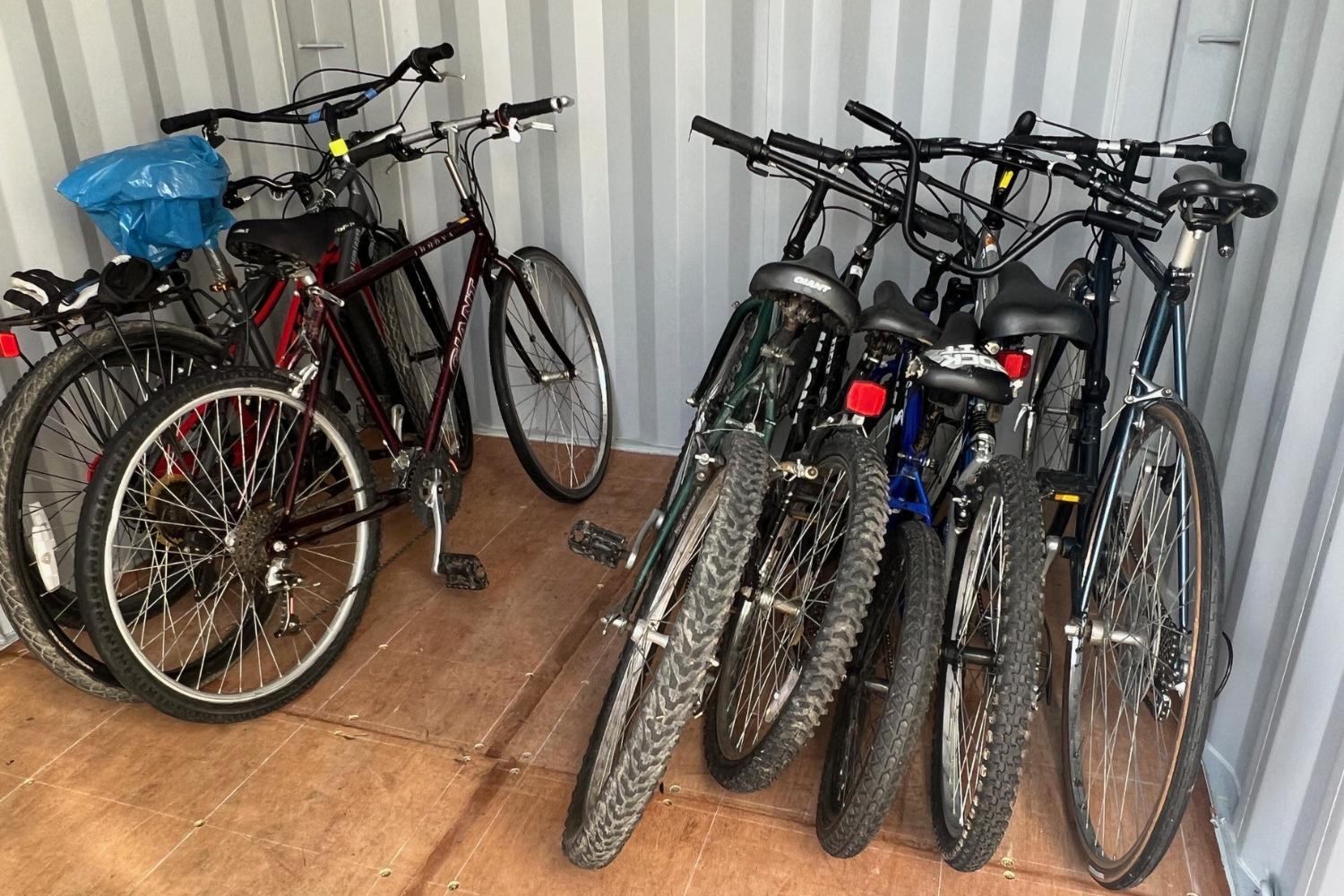Getting around Seattle with Community Transit

Community Transit is here to get you where you want to go. We are proud to be a part of the Seattle community — we live here, ride here, and drive here. Wherever you need to go in Seattle, feel good about how you get there.
About Seattle
Seattle is the largest city in both the state of Washington and the Pacific Northwest region of North America. It is home to many regional destinations. The Seattle metropolitan area's population is 4.02 million, making it the 15th-largest in the United States.
King County Metro provides frequent bus service within the city and surrounding county, as well as the South Lake Union Streetcar line and the First Hill Streetcar line. Sound Transit provides an express bus service within the metropolitan area, two Sounder commuter rail lines between the suburbs and downtown, and its 1 Line light rail line between the University of Washington and Angle Lake. Further Link light rail extensions are planned to reach Lynnwood to the north, Federal Way to the south, and Bellevue and Redmond to the east by 2024.
Washington State Ferries, which manages the largest network of ferries in the United States and third largest in the world, connects Seattle to Bainbridge and Vashon Islands in Puget Sound and to Bremerton and Southworth on the Kitsap Peninsula. King Street Station in Pioneer Square serves Amtrak intercity trains and Sounder commuter trains, and is located adjacent to the International District/Chinatown light rail station. ( Source: Wikipedia)
Community Transit provides several commuter bus routes to Seattle from its service area as well as DART paratransit service and Vanpool to riders venturing to Seattle from our service area.
Popular Destinations
Reunited: The story of the lost and found

If you’ve ever lost something in a public place, you may have assumed it was gone forever. Perhaps you pictured a brown cardboard box behind a desk somewhere, gathering items without a home – a sort of "Island of Misfit Stuff."
The lost and found process is very different at Community Transit where each item receives individual attention. Items are collected daily, logged, and stored for 14 days, and effort is invested in reuniting lost items with their owners.
Community Transit’s Lost and Found is at the RideStore, temporarily located near Ash Way Park & Ride, and is staffed with a dedicated team of passionate associates who get super excited about working together to help riders solve their inquiries.
If you lose an item on a Community Transit or Sound Transit bus (Routes 510, 511, 512, 513, 532 & 535), you can contact our RideStore and ask them for search the Lost and Found at (425) 348-2350.

Pictured above: The RideStore team takes pride in reuniting lost items as quickly as possible.
What kinds of items are left behind on Community Transit buses?
The answer is everything – from water bottles and ORCA cards, to wallets, football gear, earbuds, laptops, cell phones, umbrellas, bicycles, coats, bags, sentimental items, a prosthetic leg, and even a six-foot cedar tree. And oh yes – there are always a few items that might feel a bit cheeky to discover – like the pole that didn’t come from a May Day festival (it was extendable for someone to swing around on). If someone can carry the item onto the bus, or add it to the bike rack, chances are someone has left a similar item behind.
Everyone has misplaced a cell phone at some point. For those who have a “find my phone” app, the Ride Store team charges every cell phone that is turned in. This ensures the phone can be tracked by the rightful owner. It also means most phones are claimed. Those that are unclaimed get fully charged once again before they are turned over to our partners at the Snohomish County Sheriff’s Office for final disposition. Tip: If you didn’t activate “find my phone,” try giving your number a call even if the phone was dead when you lost it.
The RideStore team once reunited an owner with his lost wallet containing more than $2,000 cash. The man did not have contact information in his wallet. But he called and described the lost wallet, which had some distinct characteristics. When the wallet was turned in later – with his $2,000 still in it – the RideStore team was able to return it to a very grateful owner.

Pictured above: Bikes are sometimes left on Community Transit buses and are brought to the RideStore to be picked up.
Lost and found by the numbers
How many items do you think are left behind in an average year? If you guessed 5,400, you’re correct!
A whopping 88% of trackable items – those that have contact information attached – are reunited with their owners. Unfortunately, when the RideStore team has no way of making a connection, those numbers plummet.
It turns out, there’s a secret to increasing your chance of getting your personal property back if you accidentally leave it behind.
The best way to get your items returned
Most items are turned in soon after they are found. Drivers sweep the bus after every trip and turn in found items. It might take a day or two to get to Lost and Found, but they eventually get there. The items that have the highest chance of being returned are those that have a name or contact information on them or have distinguishing features that you can describe.
.jpg?sfvrsn=2e3f8269_1) Information is your friend when it comes to reuniting with lost items. The best way to get your items back is to call the RideStore and provide as much detail as possible about your item and your trip on transit. If you know the bus number, which is located near the front windshield, that’s great. But if you can at least tell staff which route and direction you were going, and what time you caught the bus or the time and place you got off, that’s also helpful.
Information is your friend when it comes to reuniting with lost items. The best way to get your items back is to call the RideStore and provide as much detail as possible about your item and your trip on transit. If you know the bus number, which is located near the front windshield, that’s great. But if you can at least tell staff which route and direction you were going, and what time you caught the bus or the time and place you got off, that’s also helpful.
Not everything is returned. Sometimes there’s no contact information on the item and no one calls to inquire. After 14 days, unclaimed items are disposed of or donated. And sometimes, they are given a second life.
Take for instance that six-foot cedar tree that was left behind. Community Transit is dedicated to sustainability. When the potted tree wasn’t claimed, it was eventually planted at Community Transit’s campus, where it adds oxygen to the air we breathe and reminds all who see her of our dedication to providing world-class service in our small corner of the Earth.
The RideStore is a service provided to Community Transit riders to answer questions, provide additional assistance, and serve as an in-person retail location to purchase transit-related items. Have questions? Give us a call at (425) 348-2350.
Pictured right: This cedar tree was left on a bus and never claimed. It now lives on outside our Kasch Park Operating Base.
